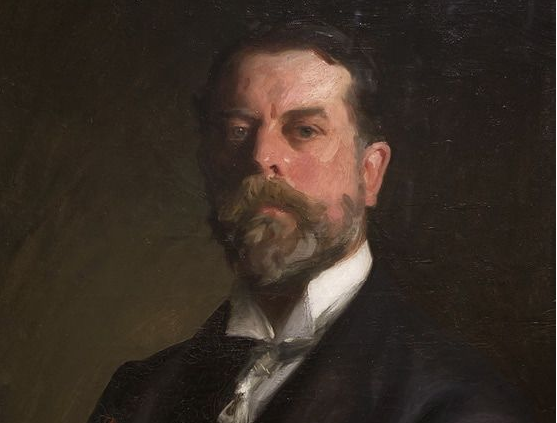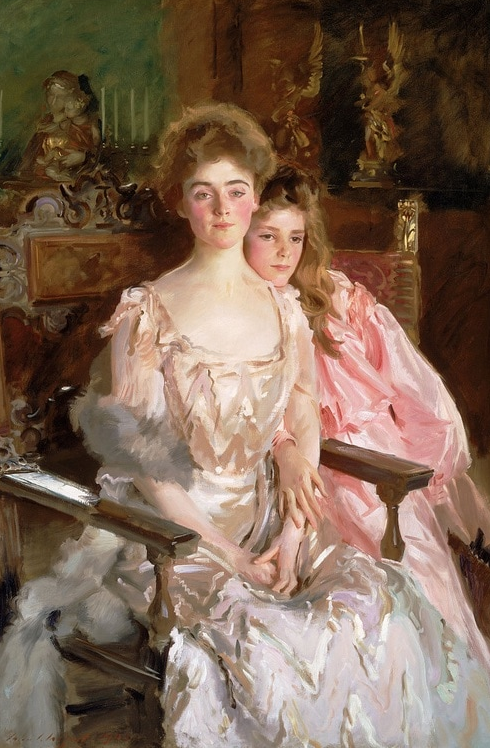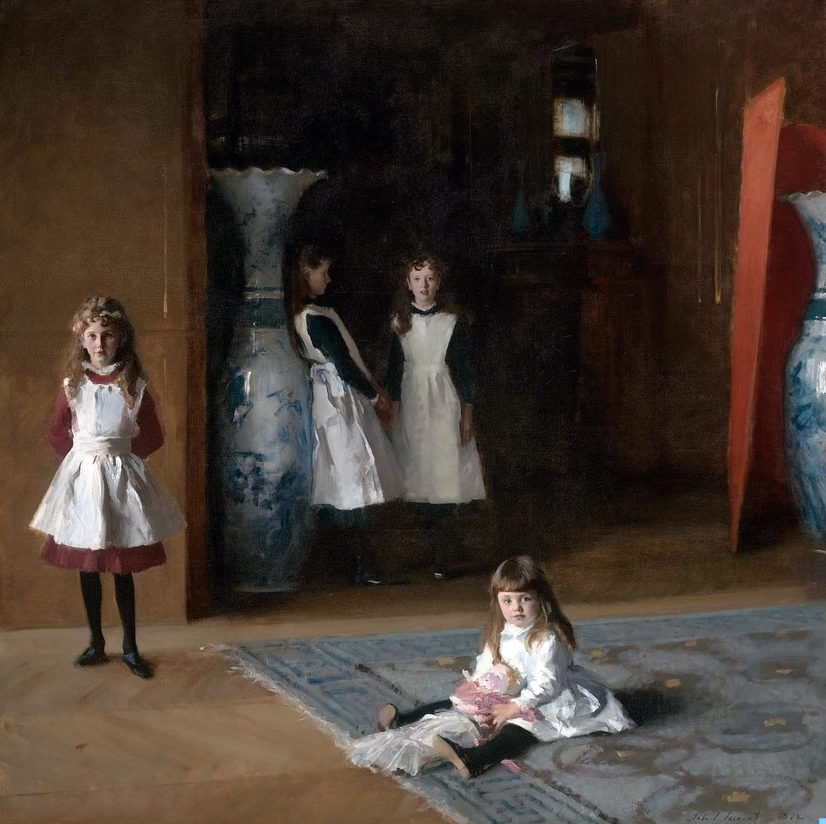John Singer Sargent - a master of portrait technique
A painter’s painter
John Singer Sargent (1856-1925) has been one of my favorite painters since I started as an artist. I fell in love with his bravura brushwork, his skillful articulation of value, and his beautiful depiction of upper class life in England and the U.S. in the late 1800’s. He was an artist of extraordinary talent, drive, and accomplishment who gained worldwide recognition for his deft painting, his revealing portraits, and his dynamic compositions. I feel he is truly a painter's painter.
"Mrs. Fiske Warren (Gretchen Osgood) and her Daughter Rachael", 1903, oil on canvas
A new portrait technique
John Singer Sargent was born in Florence to American parents who roamed the continent, following society and the seasons. Sargent’s parents quickly recognized his talent for drawing and painting and encouraged his efforts, especially as he was uninterested in other subjects. As a young man he moved to Paris to study and was accepted into the atelier of Carolus-Duran, a noted portraitist who taught a technique of painting wet-in-wet with little preparatory drawing or underpainting. This fresh way of approaching painting appealed to Sargent and he focused his energies on portraiture.
Eventually he became the leading portrait painter of his generation, known for his paintings of high society men and women surrounded by Edwardian era luxury.
"The Fountain, Villa Torlonia, Frascati, Italy" 1907, oil on canvas
"Villa di Marlia, Lucca" 1910, watercolor
Travel landscapes
In between portrait commissions, John Singer Sargent traveled widely and worked prodigiously, painting evocative landscapes and genre paintings from his travels throughout Europe, the Middle East, and parts of the United States. While his portraits were in oil, many of his travel paintings were in watercolor, a quick, unforgiving medium that he used with aplomb to create landscapes, cityscapes, and genre paintings alive with sunlight and movement.
"The Daughters of Edward Darley" 1882, oil on canvas
Detail, "The Daughters of Edward Darley", 1882, oil on canvas.
Above is one my favorite of Sargent’s society portraits. I like the asymmetrical composition with the girls scattered across the canvas, a look in direct contrast to many conventionally posed portraits. The pattern of strong light and dark objects moves our eye around the painting to each figure until we exit toward the window in the background.
The girls’ stances and expressions display the awkwardness and curiosity of youth, and they are positioned in a seemingly casual way, with one figure fading into the background shadows. Sargent uses the two large oriental urns and the rug to balance the figures and to tie the painting together.
When I visited this painting at the Museum of Fine Arts in Boston, I started by viewing it a proper distance to take it all in. But soon I moved in close to view the exquisite brushwork, especially in the little girl in front, that you can see in the detail above. With a minimum of strokes and a variety of soft and sharp edges, Sargent depicts the different textures of skin, hair, dress, shoes, and carpet.
Because of his loose suggestive brushwork, you might wonder if John Singer Sargent is considered an impressionist. Read my blog post Impressionistic or Painterly? to learn the difference between these two artistic styles..
"Lady Agnew of Lochnaw" 1893, oil on canvas
Wet-on-wet technique
John Singer Sargent was especially known for his luscious bravura brushwork which was based on the Carolus-Duran wet-on-wet technique of flowing blended strokes and soft edges. The loose, painterly marks look careless up close but from a distance merge to create a deft portrait of the subject.
For example, the folds and curves of the dresses of Lady Agnew, above, are a waterfall of loose colorful brushwork that combines to suggest a rich fabric captured in motion. And her face looks solidly real but with a softness and nuanced expression that conveys a feeling of movement.
I could go on and on about John Singer Sargent's artistry! I return to his work again and again for guidance and inspiration, studying his brushwork and the way he used paint to create the illusion of life and light.
To see more of John Singer Sargent’s work, I recommend these beautiful coffee table books: Sargent: The Masterworks, Stephanie L. Herdrich. and John Singer Sargent Painting Children, Barbara Dayer Gallati.
Linda Hugues










